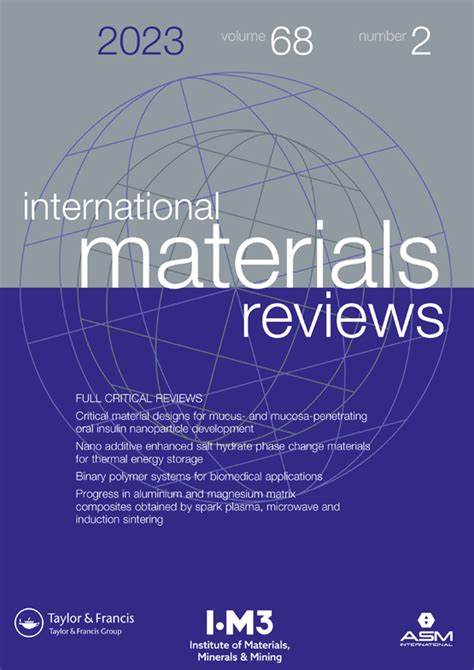Photocatalytic removal of gaseous ethanol, acetaldehyde and acetic acid: from a fundamental approach to real cases
IF 15.5
1区 材料科学
Q1 MATERIALS SCIENCE, MULTIDISCIPLINARY
引用次数: 8
Abstract
ABSTRACT The photocatalytic oxidation of volatile organic compounds (VOCs) has been extensively investigated. With respect to water treatment, photocatalytic degradation of air pollutants is still less understood, but this has not prevented photocatalytic building materials and air purifiers to reach the market. Here, we provide a selective overview of the current understanding on VOC photocatalytic oxidation, focusing on ethanol, acetaldehyde, and acetic acid. Among the main indoor pollutants, these molecules are also oxidation intermediates of numerous VOCs. Their adsorption at the photocatalyst surface is first presented, based on theoretical and experimental evidence. Reaction intermediates are discussed, comparing proposed reaction mechanisms. The role of the photocatalyst features in directing adsorption and oxidation phenomena is highlighted, encompassing both TiO2 and emerging photocatalysts. We then critically discuss gaps in our knowledge, such as the effect of air humidity, multi-pollutant interactions and deactivation pathways. Finally, attempts to model VOC degradation in realistic conditions are reviewed.光催化去除气态乙醇、乙醛和乙酸:从基本方法到实际案例
摘要挥发性有机化合物(VOCs)的光催化氧化已被广泛研究。关于水处理,人们对光催化降解空气污染物的了解仍然较少,但这并没有阻止光催化建筑材料和空气净化器进入市场。在这里,我们选择性地概述了目前对VOC光催化氧化的理解,重点是乙醇、乙醛和乙酸。在主要的室内污染物中,这些分子也是许多挥发性有机物的氧化中间体。基于理论和实验证据,首次提出了它们在光催化剂表面的吸附。讨论了反应中间体,比较了所提出的反应机理。强调了光催化剂特征在引导吸附和氧化现象中的作用,包括TiO2和新兴的光催化剂。然后,我们批判性地讨论了我们知识中的差距,如空气湿度的影响、多种污染物的相互作用和失活途径。最后,回顾了在现实条件下模拟VOC降解的尝试。
本文章由计算机程序翻译,如有差异,请以英文原文为准。
求助全文
约1分钟内获得全文
求助全文
来源期刊

International Materials Reviews
工程技术-材料科学:综合
CiteScore
28.50
自引率
0.00%
发文量
21
审稿时长
6 months
期刊介绍:
International Materials Reviews (IMR) is a comprehensive publication that provides in-depth coverage of the current state and advancements in various materials technologies. With contributions from internationally respected experts, IMR offers a thorough analysis of the subject matter. It undergoes rigorous evaluation by committees in the United States and United Kingdom for ensuring the highest quality of content.
Published by Sage on behalf of ASM International and the Institute of Materials, Minerals and Mining (UK), IMR is a valuable resource for professionals in the field. It is available online through Sage's platform, facilitating convenient access to its wealth of information.
Jointly produced by ASM International and the Institute of Materials, Minerals and Mining (UK), IMR focuses on technologies that impact industries dealing with metals, structural ceramics, composite materials, and electronic materials. Its coverage spans from practical applications to theoretical and practical aspects of material extraction, production, fabrication, properties, and behavior.
 求助内容:
求助内容: 应助结果提醒方式:
应助结果提醒方式:


